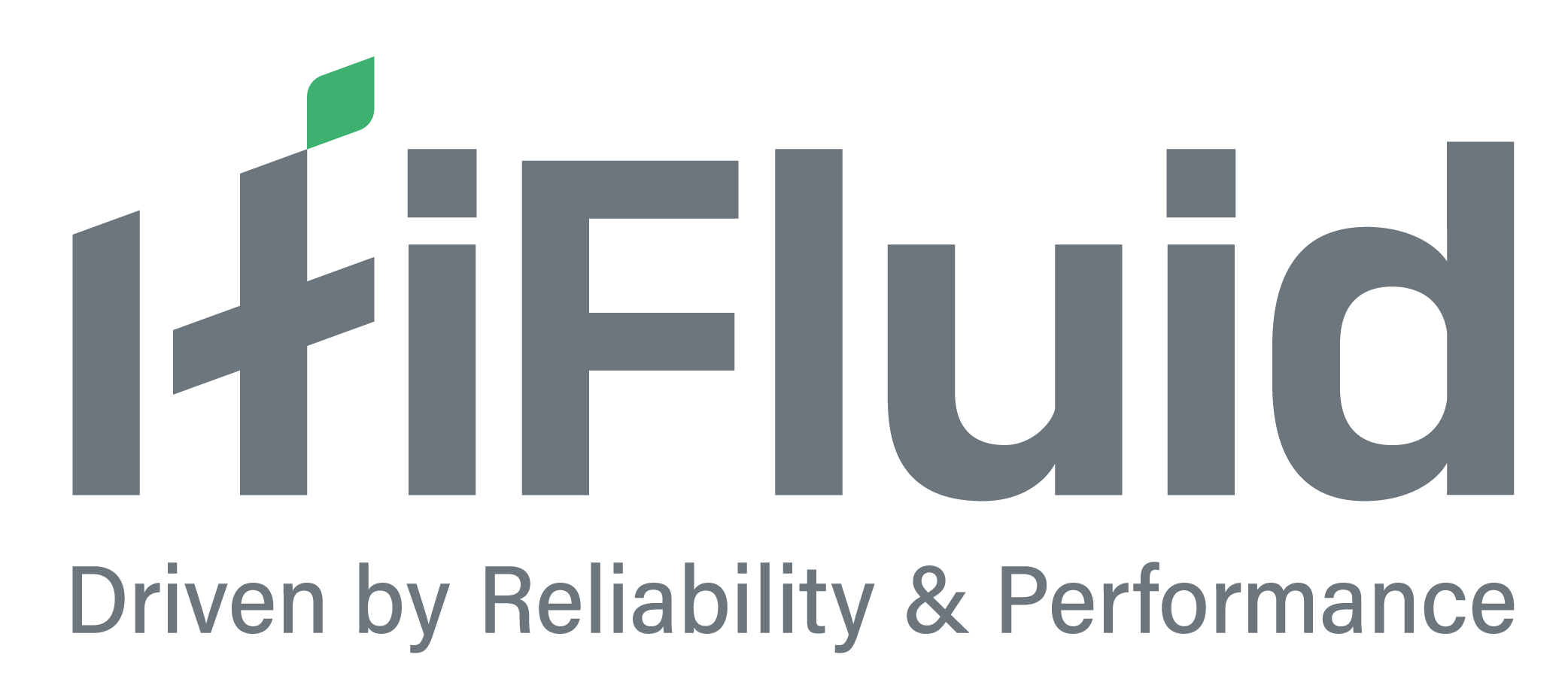Current Situation and Opportunities in the Pneumatic Booster Pump Industry
The pneumatic booster pump is a small niche market within the fluid industry. Currently, the domestic market is experiencing severe polarization, with high-end applications being monopolized by foreign brands such as Haskel from the U.S. and MAXIMATOR from Germany, both of which offer Products that far exceed domestic brands in both performance and price. Since this industry is small and operates in a fully competitive market, there is a noticeable lack of in-depth thinking. Here, we throw out an idea to spark discussion and progress—welcome everyone to join the conversation.
Based on the medium being pressurized, pneumatic booster pumps can be classified into gas boosters, air amplifiers, pneumatic liquid pumps, and pneumatic refrigerant pumps. These are designed for pressurizing special gases, air, liquids, and refrigerant media (a combination of gas and liquid), respectively. They are characterized by high output pressure, a wide range of applications, automatic pressure maintenance, easy adjustability, and safe operation.
Why Domestic Brands Are Always Positioned as Low-End
Why are domestic enterprises' market positioning always at the low end? This can be viewed from four aspects: cognition, capability, courage, and long-termism.First, cognition, which refers to understanding the market—what kind of market is it? What are the development trends in the next five to ten years? What are the core demands of customers? What kind of products do we use to compete with whom? What is the target market share? How do we obtain it, etc.? Currently, very few enterprises have a clear understanding of these issues.
Second, capability, which can be broken down into design capability, raw material processing capability, heat treatment capability, machining process capability, verification capability, assembly capability, and batch quality control capability. Currently, very few domestic enterprises have specialized design teams. Most of them have only one set of drawings for decades, and the best ones may only make small adjustments, but they lack real-time and substantial improvements. Manufacturers with simulation capabilities and the ability to conduct type tests and fatigue tests in professional laboratories are almost non-existent.
Without cognition and capability, it is hard to have the courage and determination to perfect products and compare them with imported products. True craftsmanship takes a long time to manifest, requiring ten years, even decades, and the efforts of multiple generations. This is not easy in today’s world, where we desire success and want it quickly, but are unwilling to accept failure. Therefore, when faced with overcapacity, domestic enterprises often resort to price cuts to compete, even selling products for a tenth of the price of imported brands, which is not surprising.
A way out
“Decoupling and severing supply chains” has brought us many troubles in recent years. Although both the United States and the European Union have recently stated that they no longer seek to pursue this, the most rational approach is still to listen to their words, observe their actions, and prepare for the worst. Moreover, pneumatic boosters have important applications in semiconductor manufacturing, aerospace, and defense sectors.
In a conversation with a German friend, I learned that Germany, once known for its high-quality manufacturing, was actually synonymous with counterfeit products. After deep reflection, the German people decided to compete with quality, innovate in design, pay meticulous attention to details, and establish a series of standards. This allowed them to overtake others during the Second Industrial Revolution. Looking at us today, from the small pneumatic booster pump industry to Chinese manufacturing in general, if we truly want to rise from the ashes, there is still a long road ahead, and it will not be smooth, but someone has to take the first step.



